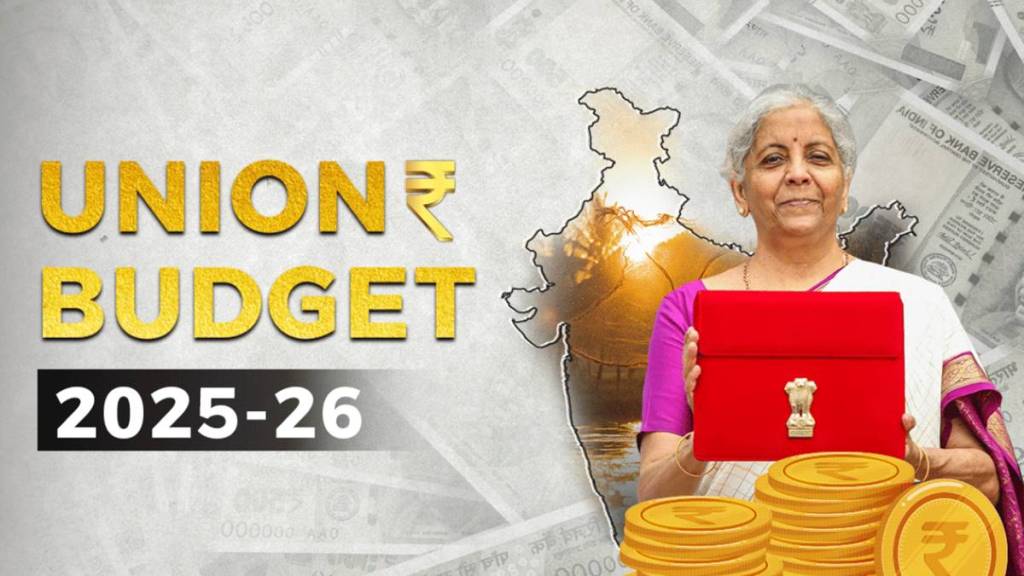The great Indian middle class—forever the economy’s favourite workhorse, is now more of a limping mule. Salaries are stuck in a time warp, jobs have pulled a vanishing act, taxes are happily digging deeper into wallets, and inflation? It’s on a relentless shopping spree with our monthly budgets. If there were an Olympic sport for financial juggling, the aam aadmi would have multiple golds by now. As the old Bollywood line goes, “Aamdani athani, kharcha rupaiya”—because what’s life without the thrill?
Recent quarterly data confirms what most households already feel—urban consumption is taking a hit. From daily essentials like toothpaste to big-ticket purchases like cars, spending is shrinking. Dining out and movie nights? Those, too, are becoming rare indulgences.
With inflation outpacing income growth, disposable income has shrunk, forcing the middle class to tighten their belts. This trend has put the spotlight on the aam Aadmi before the upcoming Budget. So the Government’s intent is to make the common man happy, not just for fiscal prudence but also political posturing ahead of the crucial Delhi Election.
A successful Budget must address the hopes and expectations of the common man and, ideally, leave him with a little more Lakshmi (disposable income). Analysts believe, consumption will be at the heart of the Union Budget, tackled through two key strategies—fiscal consolidation and tax benefits.
The Economic Survey has thrown in another factor—job creation. The government has nudged Corporate India, currently “swimming in profits,” to increase wages. Chief Economic Adviser V. Anantha Nageswaran put it bluntly, “increasing wages isn’t just a moral appeal but a business necessity, as it directly impacts demand.”
With concerns over GDP slowdown, Finance Minister Nirmala Sitharaman is expected to prioritize infrastructure development and public capital expenditure. The goal? Stimulate economic activity, create jobs, and indirectly boost consumer demand.
So here are our predictions for the common man in tomorrow’s budget.
1. Tax Relief & More Disposable Income
Expect potential income tax cuts, particularly for individuals earning between Rs 10 to Rs 20 lacs annually. This could drive consumer demand and benefit industries like consumer goods and automobiles. Aligning tax slabs with inflation, as done in developed nations, might also be on the table.
2. Policy Reforms & Consumer-Centric Strategy
There’s a growing push to make the consumer central to economic policy—not just through tax benefits but by supporting key sectors like FMCG, retail, and real estate. The government may also leverage Production Linked Incentive (PLI) schemes to lower costs and boost demand.
3. Job Creation & Wage Growth
Employment and income growth will be other top priorities. Measures could include incentives for labor-intensive sectors like tourism and low-skilled manufacturing. Additionally, there might be regulatory support for the gig economy, ensuring better employment stability.
4. Balancing Short-Term Relief with Long-Term Growth
While immediate measures like tax adjustments and direct financial relief may provide short-term respite, sustainable growth will depend on structural changes—controlling inflation, investing in digital infrastructure, and increasing workforce participation, especially among women.


